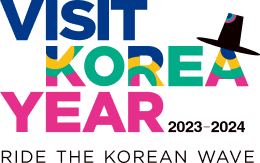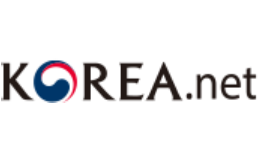Tour Information

Gyeonbokgung Palace
MoreGyeongbokgung Palace, established in 1395 as the main royal palace of the Joseon Dynasty, was reconstructed in 1867 after being destroyed during the Imjin War. It served as the residence for various Joseon kings. Fully restored by 1997, it has become a popular tourist destination. Visitors can experience various aspects of Korean tradition and witness events like the Changing of the Guard Ceremony.

Changdeokgung Palace
MoreChangdeokgung Palace, a UNESCO World Heritage Site, is praised as Korea's most harmonious palace, seamlessly blending with its natural surroundings. Initially built in 1405 as an extension of Gyeongbokgung Palace, it served as the primary royal residence for about 270 years. Its gardens were landscaped in 1406, and Changdeokgung Palace is renowned for its naturalistic architecture, integrating with the landscape. It was inscribed as a UNESCO World Heritage Site in 1997.
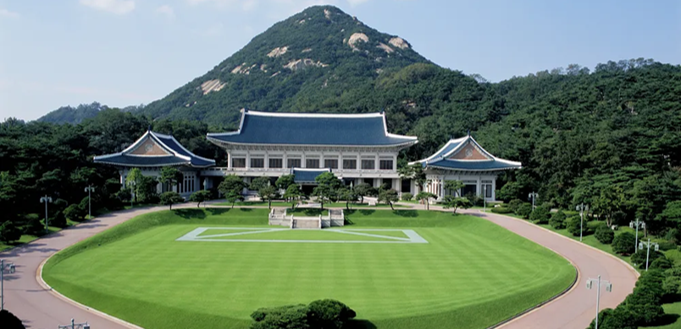
Cheongwadae(The Blue House)
MoreCheong Wa Dae, located in Jongno-gu, Seoul, is the official residence of the President of South Korea. Since 1961, it has been known as Cheong Wa Dae, meaning "the Blue House," due to the blue-tiled roof of the main building. Cheong Wa Dae comprises several buildings, including the main building, Yeongbin-gwan, Chunghwagwan, Nokjiwon, Mugunghwa-dongsan, and Chilgung. Notably, each building features its unique architectural style.
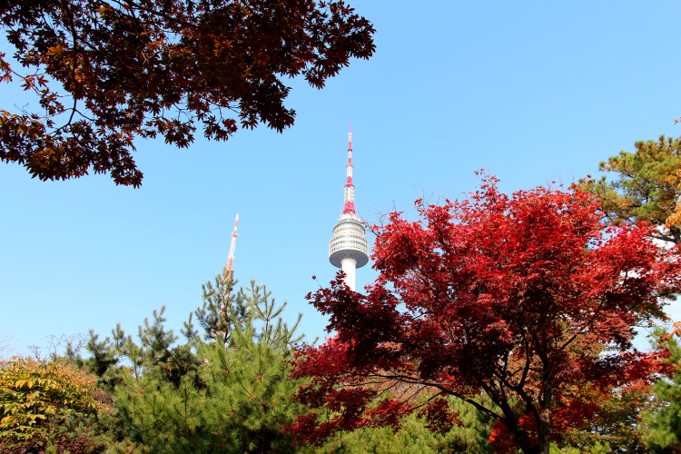
Namsan Seoul Tower
MoreNamsan Seoul Tower is Korea's first comprehensive radio wave tower, combining efficient broadcasting capabilities with the preservation of traditional Korean aesthetics for tourism. Over the past 40 years, it has become a symbol of Seoul, much like other famous towers around the world represent their respective countries or cities. Its height, unique structure, and traditional design elements have garnered the love and attention of citizens, firmly establishing its position as the top tourist destination in Seoul, visible from all over the city. Recently, it has gained further fame as a filming location for various entertainment programs and dramas, attracting both domestic and international tourists.
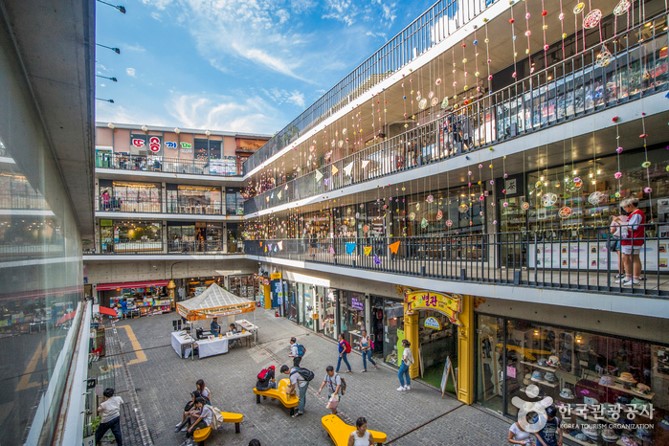
Insadong Cultural Street
MoreInsadong Cultural Street is a popular tourist destination for visitors from all around the world, thanks to its numerous art galleries, restaurants serving Korean table d’hote, traditional teahouses, and street vendors lining the streets. Its most recognizable feature is the use of Hangeul (Korean script) in storefronts, which allows the visitors to really see just what makes this place so special. Unlike the nearby Ikseon-dong Hanok Street, Insadong Cultural Street has larger streets with wider stores, so it is much easier to traverse. On evenings and weekends, one can find buskers performing on the side of the road.
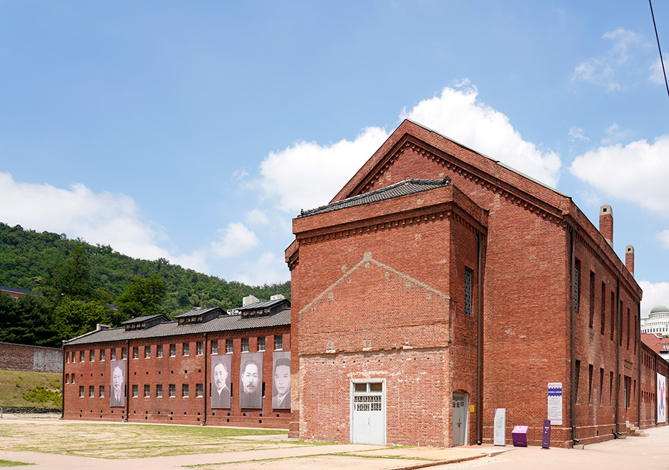
Seodaemun Prison History Museum
MoreSeodaemun Prison was built under the Japanese administration to imprison independence movement activists. It first opened on October 21, 1908 under the name Gyeongseong Prison. Eighty years later, the prison was turned into Seodaemun Independence Park on August 15, 1992 to commemorate the Korean patriots who were tortured in prison, giving their lives for freedom. In 1998, the park underwent another transformation into today's Seodaemun Prison History Hall to educate the public on the importance of Korea's independence and the sacrifices of those who fought to achieve it.
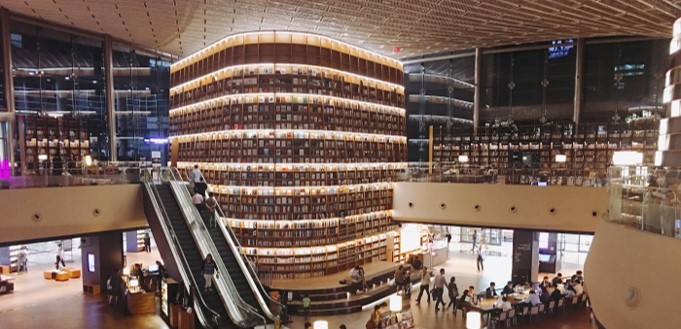
COEX Starfield Library, Aquarium
MoreThe Starfield Library is a library located within COEX. Various cultural events centered around books unfold, including author talk shows where readers can meet authors directly, poetry recitals, lectures featuring intellectuals and experts of our time, and book concerts accompanied by music. Coex Aquarium is home to the largest number of shark species and individuals in South Korea. With 20 relaxation areas and open-top tanks, this healing place in the heart of Seoul's Gangnam district attracts over a million visitors annually, both domestic and foreign, establishing itself as a popular tourist destination.
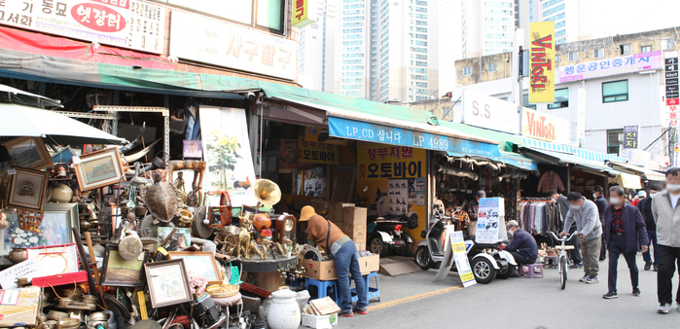
Dongmyo Market
MoreDongmyo Flea Market started life in the late 1980s. Every day an array of street stalls open up along the stone walls of Dongmyo Park. The main items bought and sold here are antiques of every type, including items such as wallets, electronics, old books, film posters etc. Recently vintage clothing and shoes have become the main area of interest. Prices are typically around 1,000 won so you can have fun browsing and shopping without worrying about the cost.

